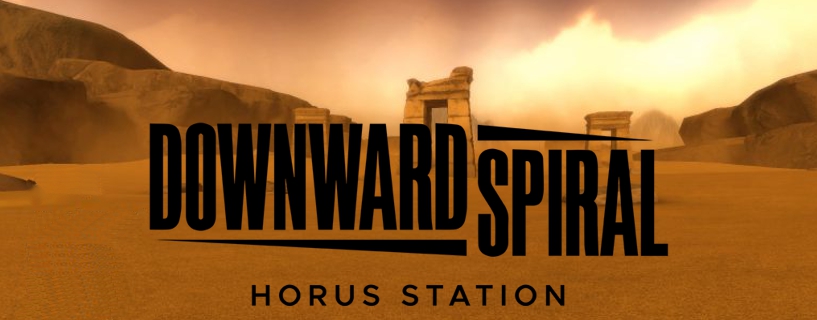A worthwhile experience in VR but ultimately as weightless as its primary movement mechanic. An impressive foundation that falls just short of becoming something truly great.
Steam: Released
Type: Single-player, Multi-Player
Genre: FPS, Action, Adventure, Sci-fi
Developer: 3rd Eye Studios
Publisher: 3rd Eye Studios
Release Date: 31 May, 2018


Overview
Downward Spiral: Horus Station follows on from Downward Spiral: Prologue a cheap VR weightlessness simulation offering a short (20 minute) experience that released a year prior. Horus Station is the larger more polished evolution of that initial simulation providing a full 5-hour campaign that can be played single player or co-op in addition to deathmatch and wave shooter multiplayer modes.
The premise of the game is that you have ‘arrived’ on Horus Station, must return it to functionality, and determine what went wrong. The weightlessness movement mechanic restricts your mobility making progress slow and arduous. Eventually, mobility aids such as the grapple and thruster will make life easier but at the cost of leaving you less able to defend yourself against the hordes of drones protecting the station.
Click for some videos of us playing!
First, let’s address the elephant in the room. While Prologue was exclusively a VR experience, Horus Station can be played without a VR headset. However, you sacrifice most the value of the experience the game offers if you don’t play the VR version. If you don’t have a VR rig I wouldn’t bother giving it further thought, there are better space EVA combat and exploration games on the market and nothing Horus Station brings to the table makes it worth your time without the extra emphasis VR adds to the exploration of the station.
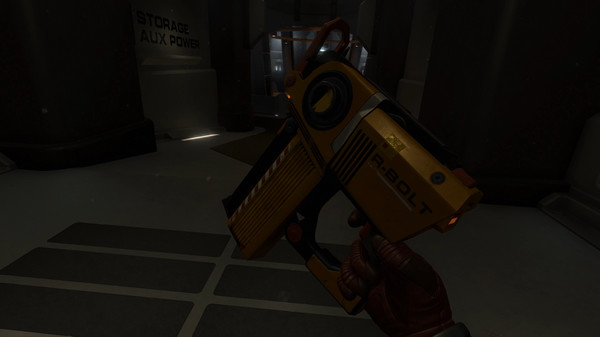
However, if you do own a VR rig then the game is worth considering. It is not without its faults but it is one of the more sizable ‘tailored for VR’ experiences on the market and its unique mechanics definitely offer something you haven’t seen in VR before. All things considered, the game does have an impressive and solid foundation. There are just a handful of areas it fell short tarnishing it’s potential and maybe giving cause to wait for a sale.
What’s in a Name?
The game advertises itself readily and repeatedly as a “zero gravity” thriller. The game takes place in and around a space station orbiting a red planet and at this point, the astute science-minded reader will have already noticed the problem with this pitch. Namely that an orbit requires gravity and astronauts experience micro-gravity even when experiencing weightlessness.
In the first place the referral of “Weightlessness” as Zero-G refers to 0 G-force, not Zero Gravity and even then, the casual use of the term by laymen is a result of the marketing of the Zero Gravity Corporation. I know this sounds overly pedantic but I’m a little concerned that since Zero Gravity is actually a registered trademark, marketing the game using the term may come back to bite the developer. It is also worth bringing up because this basic misunderstanding of scientific terminology in a sci-fi title also foreshadows the level of attention to detail you can expect for all the story writing in the game.
That is to say the story in this so-called thriller, is less than stellar. The issue isn’t the tiny handful of incorrect uses of terminology or even the somewhat inconstant pacing. These are easily forgivable. The issue isn’t even how predictable certain elements are. The issue with the story is the unwillingness of the developer to tell it.
As soon as you enter the first major chamber, you will be presented with a series of monitors telling you that you need to restore the power along with several screens providing you with some somewhat arbitrary readouts. From one image you can deduce that you are orbiting a planet that has been made uninhabitable by pollution. You might also speculate that this is our future Earth.
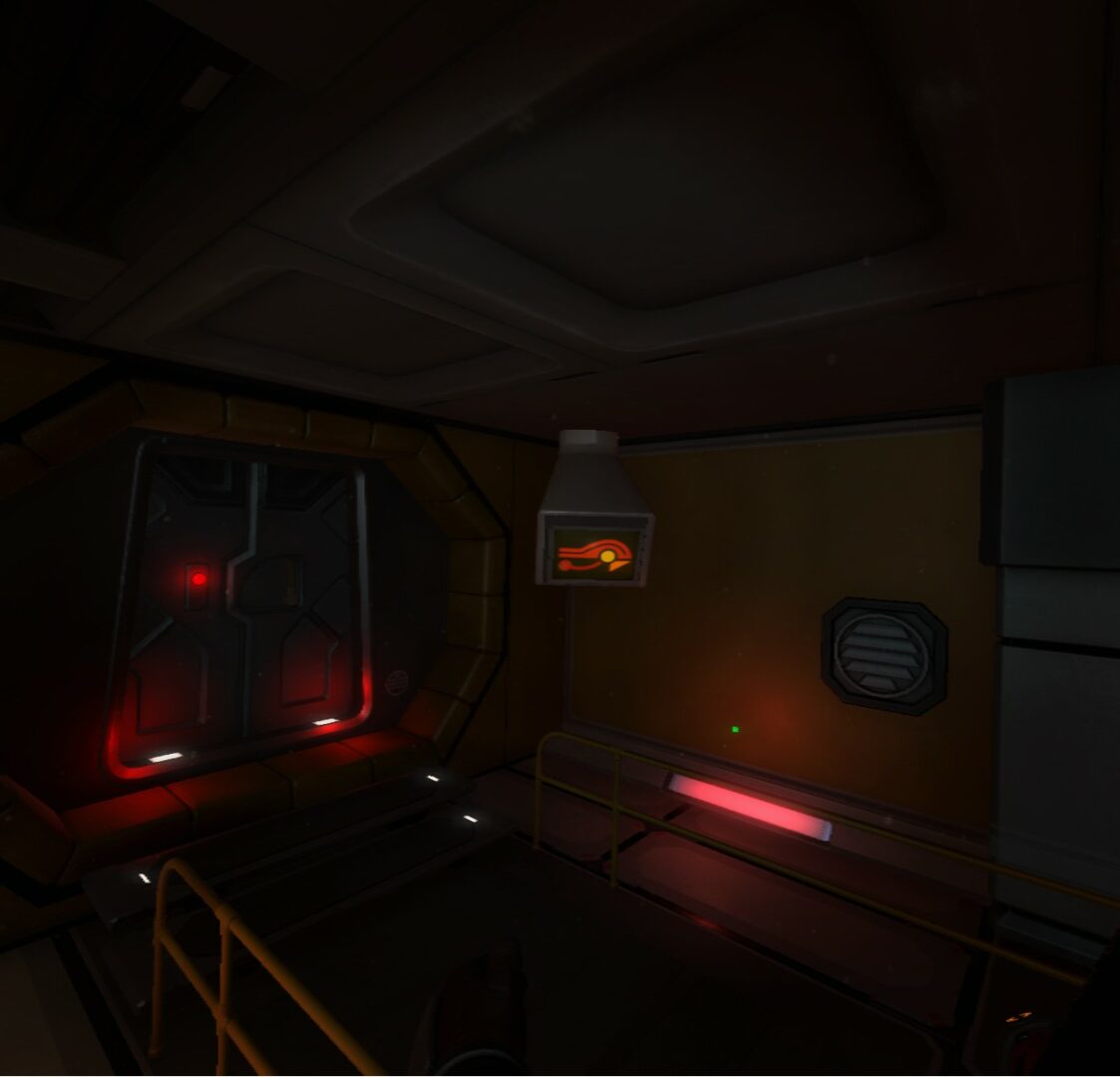
More notably, as soon as you re-activate the power you will notice that all the monitors by the doors will light up with the station AI’s logo when you approach, indicating the station’s computer is monitoring your actions. If at this point your intuition is tingling as to what is probably going on here and you think you already have an idea of what happened to the station then let me reassure you that you are right and it’s not even a spoiler to say it. Sadly, the game will confirm very little of your suspicions in detail by the end. Your hunches are correct but a large part of that is because there aren’t really any wrong answers.
The developer has gone out of their way to be intentionally vague with numerous story elements. This seems to have been a deliberate choice to make sure most of the events surrounding what happened and what the player will achieve throughout the story are left up to the player’s own interpretation. If you like narratives that leave you with even more questions than you have found answers for after the denouement then this is right up your alley. If you hated the endings of films like Birdman and Crouching Tiger Hidden Dragon then expect the same frustration here. We’ve seen this kind of thing a lot lately in video games in the walking simulator genre and I’d say Downward Spiral barely avoids being lumped in with them.
This a growing cause of ire amongst consumers. Is pitching a game as allowing players to “piece together the plot” and then leaving that plot completely ambiguous just a lazy writing cop-out? I guess it’s a matter of opinion. I suspect the developers might have thought this approach was ‘artsy’ or something but the fact remains that when you offer someone a murder mystery novel there is an unspoken contract between the writer and the reader that by the end of the book the culprit will be named and the mystery solved.
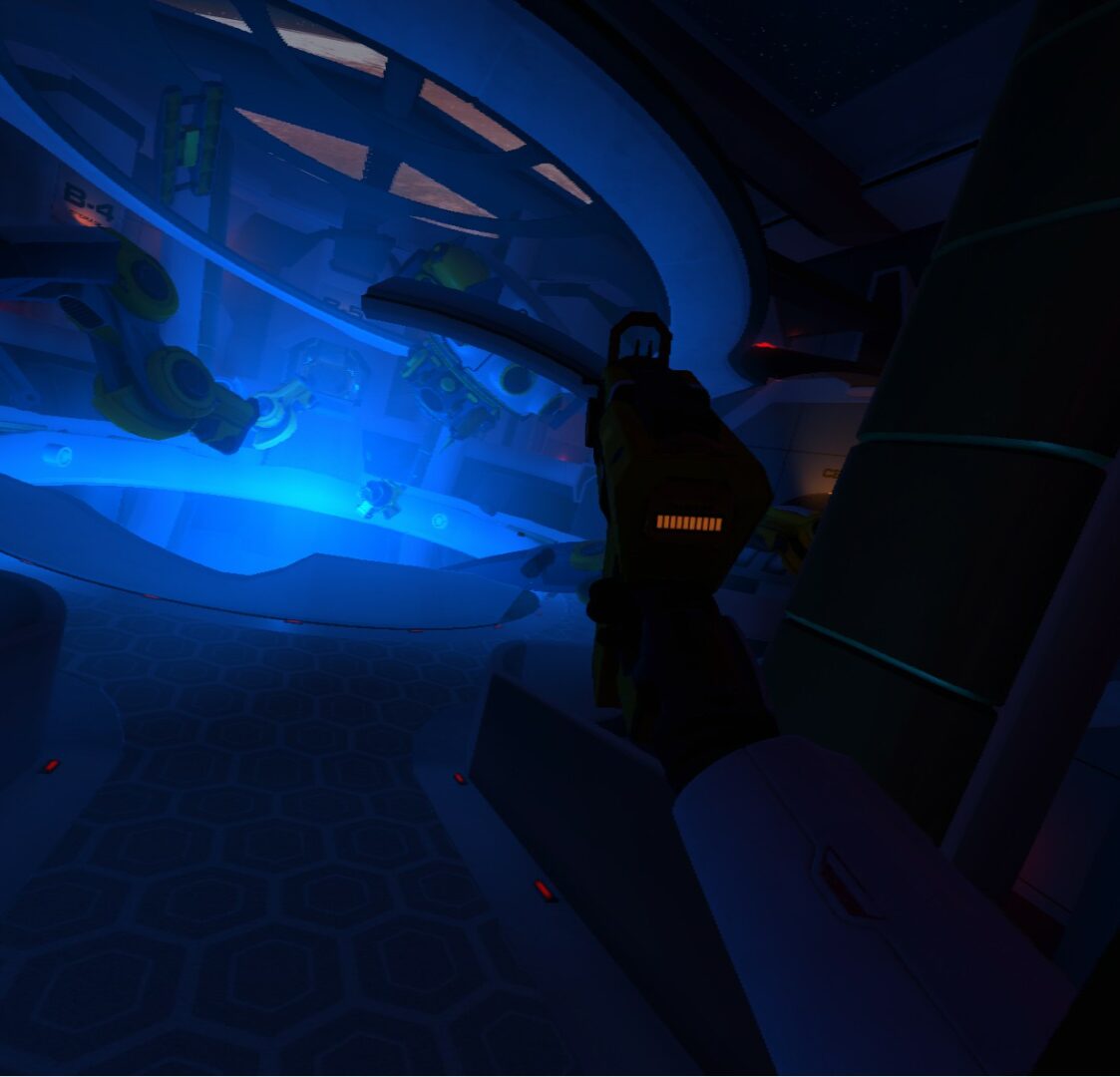
Storytelling without words is something that I am a huge fan of and it is also something the medium of video games is especially well suited to. The developers did a good job with the delivery of this concept in Downward Spiral. It even stands as one of the games stronger components. But the fact that the message behind this visual interactive storytelling is completely arbitrary sadly renders this accomplishment as also completely arbitrary.
There’s no sense of progression towards an end goal if every step along the way is left up to interpretation, and worse than this there is no catharsis when the end is reached. There are two potential outcomes here, either the viewer decides for themselves what they want the story to be or they are just left uncertain what the story is. In either scenario, the premise of piecing together the story doesn’t work as a gameplay hook because ultimately the story threads the player are given to work with just don’t matter. What is for certain is the one thing the player can’t choose is for the story to be a better story.
There is More to be Seen
Fortunately, there is more to the game than just the story. The real strength of the game is the sense of exploration and the satisfaction of unlocking the next part of the path to explore. There are a few reasons the game doesn’t reach its true potential here, either of which is why it doesn’t stand up without VR enhancing it, but there a couple of things it does rather well which helps hold it together.
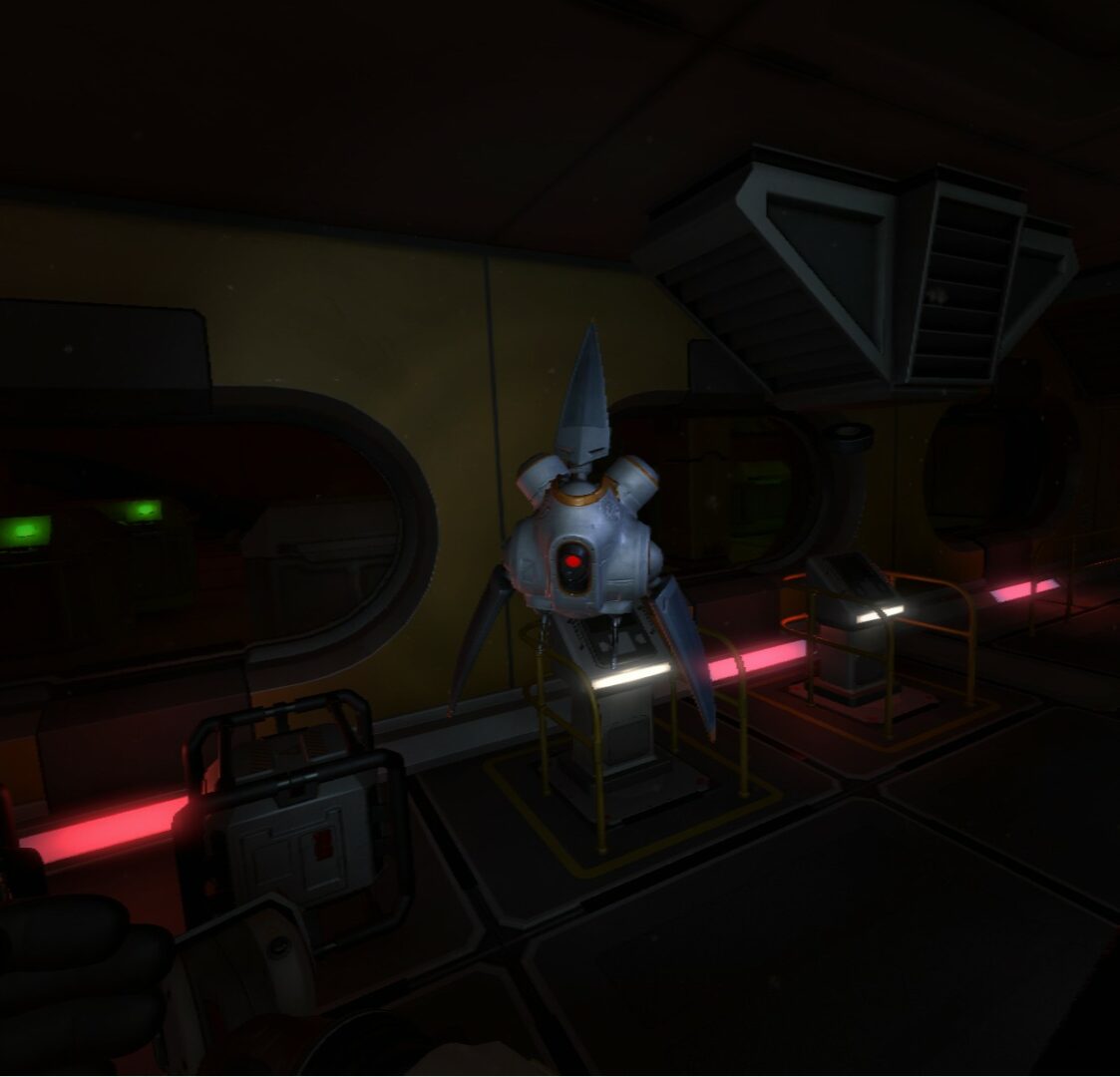
First, each section of the ship is very short. As you open a new area you will be given 2-4 rooms to examine in which you must find the way to unlock the next section. In addition to this, spread throughout the station is a building map on various walls that provides the player with a floorplan complete with a “you are here” marker. The map is abstract so you can’t really use it for planning and the fact you can’t pull up the map at any time means you can’t use it for orientation and reference. Instead, it serves the function of consistently rewarding the player by showing each small step of their progress towards the next major milestone. This grants an ongoing sense of accomplishment as each new section is reached.
Part of the reason this works so well is the game is quite stressful. The sense of tension is something that was done well. Not knowing if there are enemies around the next corner or primed to flood into the room when you press the button you think unlocks the next door keeps you constantly on your toes. But more significantly, there is a suppressing sense of limitation imposed by the movement mechanics. Outside of VR, you might just dismiss this as poor control design. In VR, it’s an integral part of the simulation.
You only have two hands, you can hold a gun in one hand so you are ready to defend yourself but then you can’t use that hand to grab onto your surroundings and pull yourself around. You can hold a mobility aid like a grappling hook in the other hand but now you have no hands available for pulling levers or otherwise interacting with the environment. Every time you go to open a door you must empty a hand to pull it open, knowing that you could be attacked the moment you do so. You are constantly being asked to make compromises in order to labour through to the next checkpoint which makes reaching each goal feel like more of an achievement.
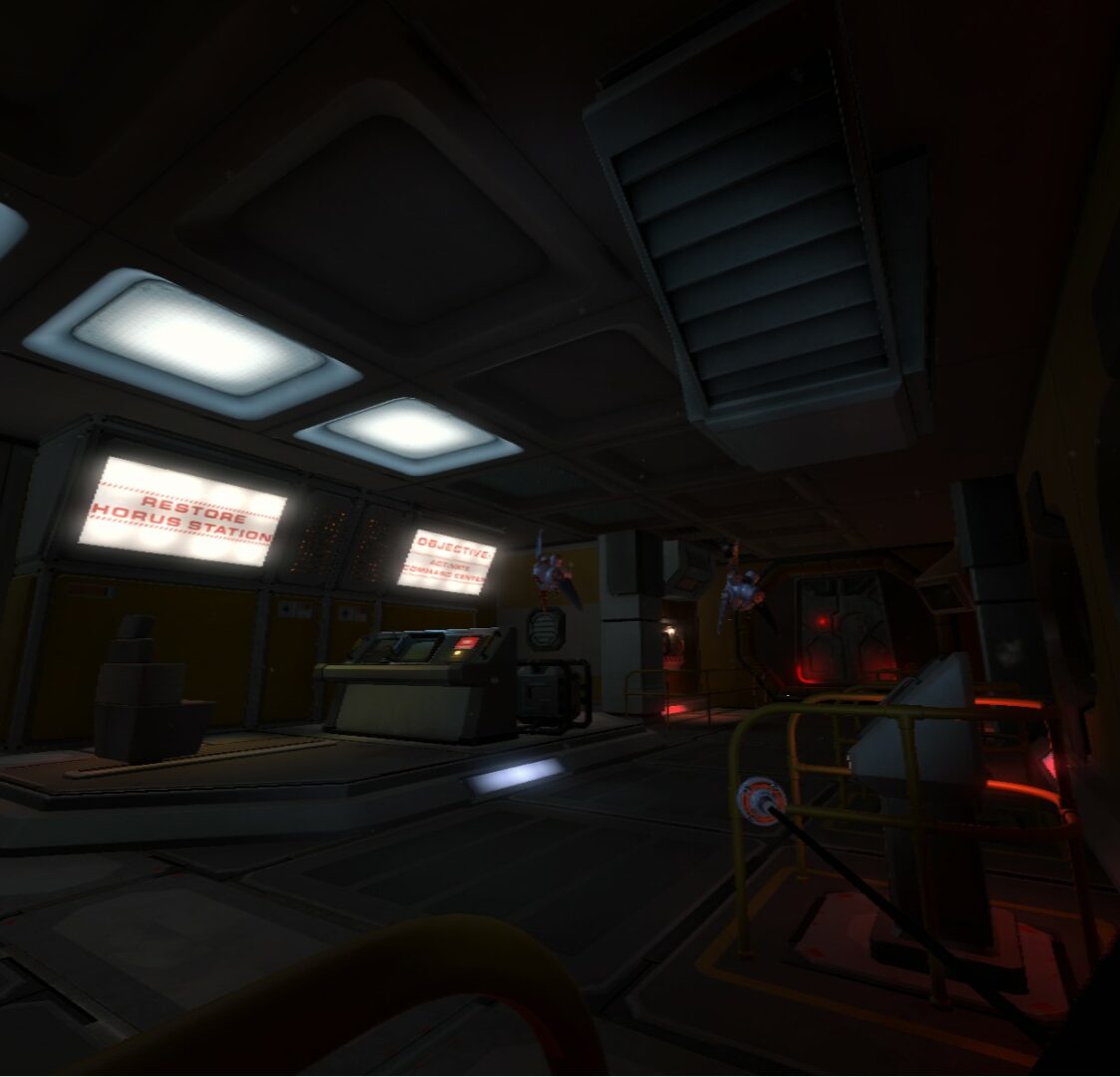
As you explore you will notice the room layouts get a bit samey but given the modular design of real-world spaceships that probably deserves a pass. There are plenty of visually striking scenes to make up for this, exiting the station into open space for the first time is more than just figuratively breathtaking. The sudden impact of the full scope of the station is enhanced by VR’s depth perception, giving it a real sense of scale which is contrasted against the giant red planet behind it.
Meanwhile, an endless open void looms overhead dotted with stars which only stand to accentuate the tension due to the fact you worked very hard to get this far and you don’t know what will happen if you lose your grip here and start drifting helplessly out to space. Normally when you die you immediately respawn in one of the numerous maintenance rooms you will frequently pass through the station, but what happens if you drift off and don’t actually die? I wasn’t willing to find out.
Otherwise, the ease with which you respawn is just as well since the combat is not exactly well balanced. I was impressed with the drones AI, they will make an active effort to surround and get behind you. You will also encounter enemies you just aren’t equipped to fight and instead need to put aside the assumption of the need to kill everything and just sneak past them which is a nice change of pace.
But for the most part, you’ll be ambushed but multiple enemies who will kill you in a handful of attacks before you can even determine the direction the attacks are coming from. On the whole, you never really feel in control of the combat no matter how good you get at using the weapons, taking cove,r and otherwise anticipating attacks. The mechanics are functional but feel very loose and unrefined so each encounter comes across as slightly sloppy and awkward.
Inevitably you will get ganged up by drones you weren’t expecting and you’ll die. Then you’ll respawn and ambush them, with a and rinse and repeat until you wear down the numbers and are left with several floating wrecks drifting beside a couple of your corpses which are still hanging around the room. The whole respawn set up and the fact you can encounter your own dead body is possibly another hazy story element for you to extrapolate something from.
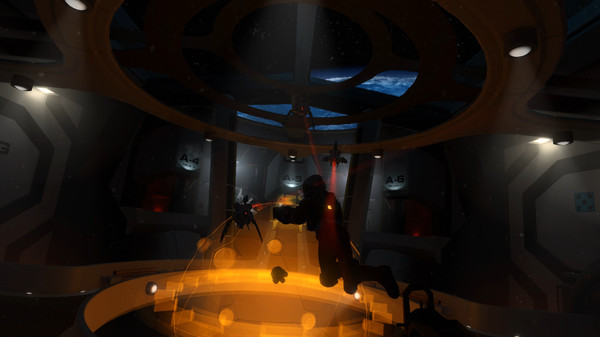
But rather than waste time speculating on that, let’s discuss the other floating objects you will find. Many of the rooms are decorated with a plethora of different items drifting around and hanging above workstation: pens, drink cans, candy bars, assorted tools, and other standard detritus left by the previous occupants. You’ll find new ones periodically to keep this interesting, specially positioned ornaments and frustrating semi-interactables like dartboards.
It is a meme that every game with a physics engine must include a basketball and basket somewhere in its level design and Horus Station doesn’t disappoint. Sadly, these all amount to nothing more than visual clutter. You will never need to use any of the various scientific instruments littering each room, you won’t fill a coffee cup. Also, in what is perhaps the greatest offence of all, you will never use the duct tape to fix anything.
What Could Have Been
There was a real missed opportunity here. An extended inventory system and several puzzles based around finding and bringing the right object along to solve the problem could have easily transformed the game into a great adventure title on top of its other merits. As it stands “puzzle solving” is a strong descriptor for overcoming the obstacles to progression. The overwhelming majority of the game is basically moving carefully through each section until you find the button needed to unlock the next section. Sometimes it’s a lever, sometimes it’s a switch. Only rarely will you’ll need to take an object in the room and place them elsewhere in the room. Then you begin exploring the next section in search of the next lone button until you lose count of how many you have pushed.
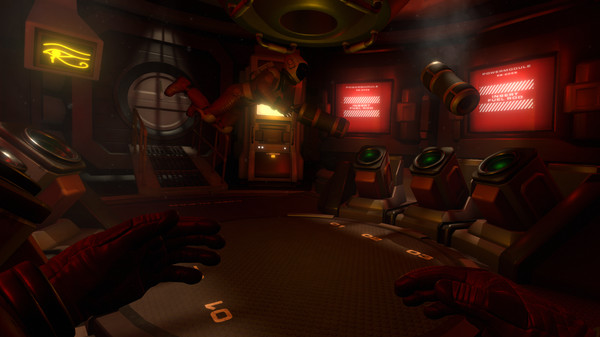
This is the other great shortcoming of the game. As strong as the sense of exploration is, the level design is almost completely linear. There is a little bit of backtracking, but it’s guided backtracking. If the developers added some wider sections to explore with more branching paths including a few dead ends that you can’t open until you return later with new acquired abilities, then suddenly this would also become a decent Metroidvania title as well. That’s what is most frustrating about this title. You can easily see numerous ways that with a little more work it could have been a great addition to several other genres.
As it stands, it is more of a generic platform where very little has been built upon and even what it does do well is flawed. One of the biggest highlights of the game is the ability to play the story mode in co-op. This is great because there are nowhere near enough VR games where that is the case. Of course, it drops the ball here by not offering any way to reconnect and continue if either player’s connection drops, forcing both players to restart from the beginning.
The multiplayer is pretty hit and miss in general. If you buy the game for the deathmatch mode do not expect there to be an existing player population to be teamed up with. You will just get matched against drones. Even when you arrange to meet up with other humans you will discover it is buggy as well. The first time we tried to connect to each other to test the deathmatch mode, we connected fine and we could hear each other but we quickly realised we could not see or interact with each other. It was as though we were placed in separate instances.
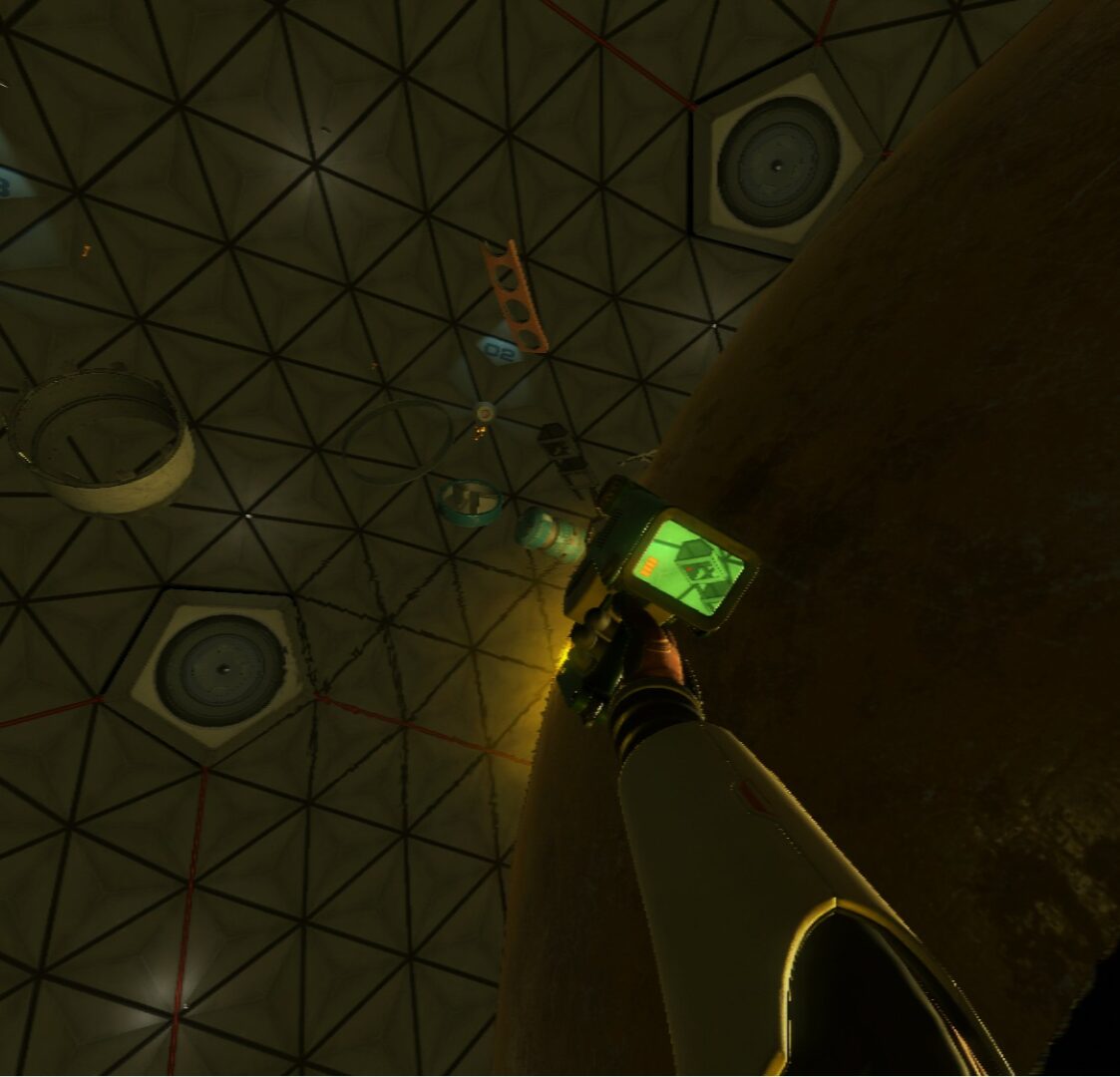
When they did work, the matches mostly boiled down to drifting around and seeing who could spot the other person first. There are a variety of different weapons but we eventually learned that in 90% of situations the best weapon to use was the standard pistol you start with. You drop the other weapons when you die and they all become more increasingly difficult to accurately aim with. This does not leave much reason to try an rely on them. Instead, each encounter is a race to get the first shot off so you wear down your opponent’s health before they wear down yours, then you just have to hope the other player doesn’t immediately respawn directly behind you.
The wave mode has you competing to see who can kill the most drones. Success here also hinges on you spotting them before they spot you. There is some nice enemy variety but for the most part, the same principle applies, get the drop on them and instantly win, if they get the drop on you then you instantly lose. Even encounters just don’t seem to happen unless the drones are busy ambushing another player before turning on you. There is also the distinct imbalance in both modes when a VR player faces off against a non-VR player. If you are a keyboard and mouse player your only chance is as a sitting duck in a corner, dual wielding in the hope your extra damage output will outweigh your opponent’s greater situational awareness and mobility.
Of course, there are some downsides for the VR player. Being able to shoot in two directions at once is an advantage against multiple opponents but dual wielding in VR makes aiming against a single opponent much harder. Perhaps in an attempt to balance things, Downward Spiral is the first VR game I’ve encountered that will not let you aim behind yourself. There’s some invisible wall your arms and hands slam against when physically moved to face behind your headset. That is if the player skeleton is behaving properly. Several times I had scenarios where my arms became locked out of their correct positions, blocking me from aiming in most directions and requiring snapping my character wrists just to aim forward.
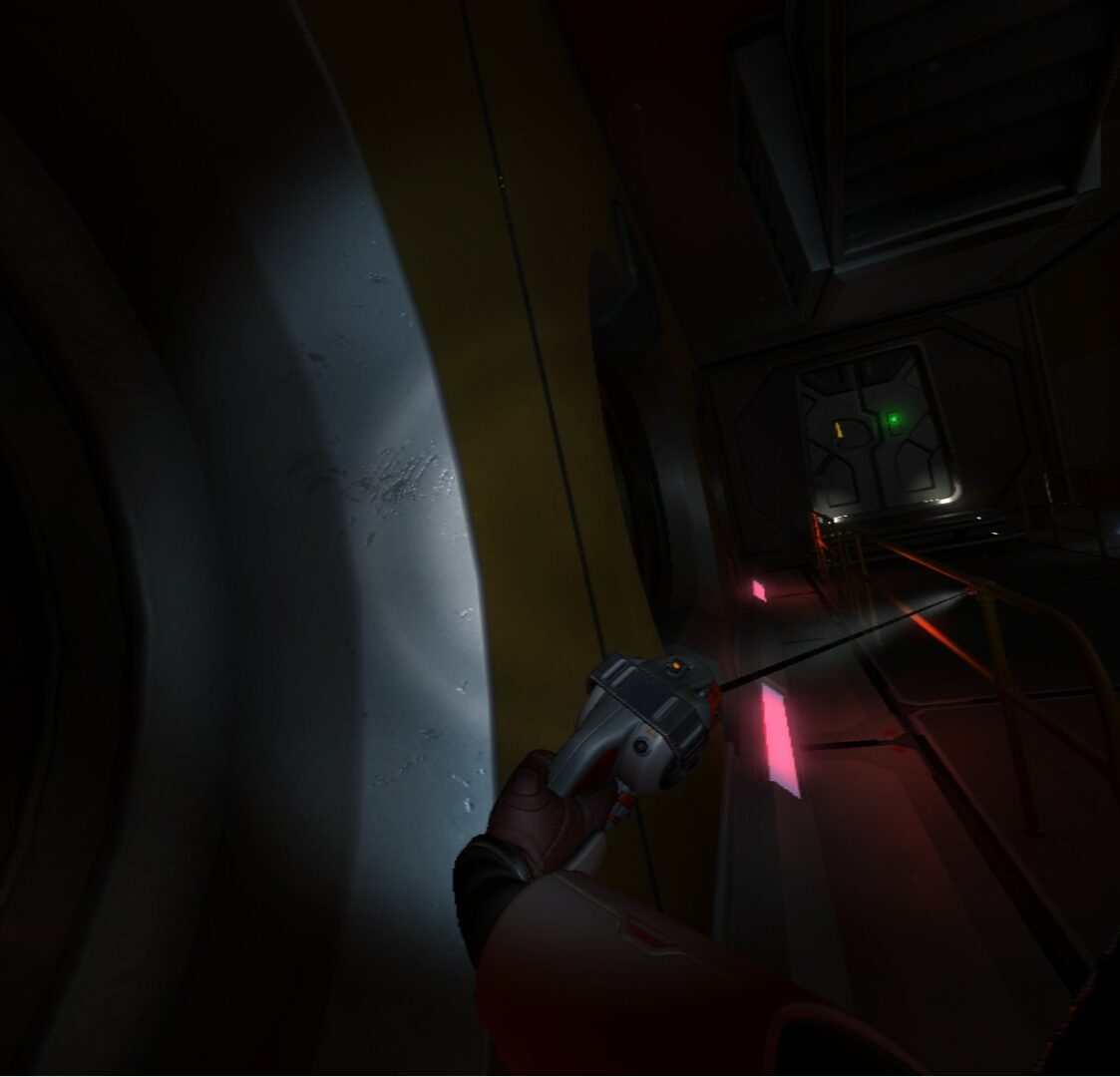
Again, this is a shame because the premise does make for a somewhat original FPS setup. With better gunplay and some more interesting game modes, this could have been an interesting arena shooter, even if the low player population relied on you getting a few friends together for a match.
Verdict
The addition of the multiplayer modes does add extra value to the title given the unique combination of features that stitch it together. But it is not an overly significant amount of extra value and this is layered on top of a campaign mode which is of questionable value to begin with. Given the lack of comparable titles on the VR platform, it is worth considering, but the asking price is not cheap for what is on offer. The general sentiment from developers that VR consumers are willing to pay more is not going to hold up if they continue to be inundated with titles that do not hold up to the same standard of polish and quality as their non-VR counterparts.
Downward Spiral: Horus Station is not another lazy slapdash low effort VR cash in. But every system still feels slightly off, undertested, and a little clumsy. If the developer makes a third title in the series there is a lot of potential for interesting directions they could go with the engine and framework they have here. But as it stands, the current title is only going to appeal to a very specific niche. If the idea of a weightlessness simulation that is heavy on the exploration appeals to you then it’s worth a look. Otherwise, unless you see it on sale, I’d recommend waiting for future developments.

